The day has come; the Iran nuclear deal is done, not just on paper but in fact. Saturday marked United Nations certification that Iran had fulfilled its obligations under the July 2015 agreement to dismantle elements of its nuclear program, triggering historic sanctions relief from the international community.
In a surprise twist, the announcement of “Implementation Day” was nearly overshadowed by a separate but equally significant breakthrough: the release of five Iranian-Americans long detained in Iran. And almost unnoticed amidst the commotion, Washington and Tehran also resolved a major outstanding financial claim against the United States, dating back to the pre-revolutionary era, for considerably less than Iranians had previously claimed. Taken together, these milestones represent a momentous step forward for Iran and the effort spearheaded by its president, Hassan Rouhani, to move its revolutionary regime toward greater moderation both at home and abroad.
The jubilation and relief of the freed Americans and their families had a wider analogue within Iran, where the primary focus remained squarely on the extraordinary economic opening presented by the sanctions relief that went into effect this weekend. “Hello to Iran without sanctions: We are released,” read the headline in a Tehran newspaper. Another simply proclaimed “tahreemha ham raft” (“the sanctions also left”), evoking the iconic announcement of the Shah’s departure 37 years earlier to the very day.
Iran’s release of the prisoners, mostly dual-national Iranian-Americans, was not an act of generosity. Each of the men was jailed under patently trumped-up charges and treated in appalling fashion during their detention, which in one case endured more than four years. Their freedom came as part of a prisoner exchange that included clemency for seven Iranians held in the United States, as well as removal of 10 Iranians from Interpol watch lists. And the arrangements did not include American businessman Siamak Namazi, who was detained in October, or former FBI agent Robert Levinson, who went missing in Iran in 2007. Some will argue that Iran got the best of this bargain.
Exchange rate: The prisoner swap and prospects for normalization
Still, these latest developments should not be dismissed. The release of the five imprisoned Americans represents an Iranian retreat on an issue central to the worldview of the regime’s ideologues. For Tehran, jailing Americans was never motivated by the prospect of a payoff. Rather, the center of gravity within Iran’s ruling elite remains convinced that there is an American-led conspiracy of regime change, facilitated by dual nationals such as those who were arrested.
Tehran does not take such perceived threats lightly, and its leaders do not relinquish purported American spies gladly. The months of negotiations that led up to Saturday’s prisoner exchange entailed a considerable investment of political capital by Iran’s more pragmatic politicians.
The release of the five imprisoned Americans represents an Iranian retreat on an issue central to the worldview of the regime’s ideologues.
Even more significant is the timing of the prisoner exchange. While officials took pains to emphasize that the talks on their fate were divorced from the nuclear talks, their release on the very day that Iranian, American, and European senior officials gathered to formalize the fulfillment of the nuclear deal plainly associates the Americans’ release with that agreement.
Releasing the dual nationals on the same day that Iran’s nuclear concessions were certified must have been a particularly bitter pill for Iran’s supreme leader, Ayatollah Ali Khamenei. And the confluence will only strengthen the conviction in many corners that President Barack Obama and the other architects of the nuclear deal do not see it as purely transactional. Another diplomatic victory, another crack in the wall of mistrust between old adversaries: Iranian hard-liners and American allies in the Gulf will see the prisoner swap as evidence of what they always suspected and most feared: the slippery slope of U.S.-Iranian normalization.
In my view, that remains wildly unrealistic; Iran’s current leadership neither seeks full rapprochement nor is prepared to pay the price that such a reversal would entail. But the perception alone will further boost Rouhani among his population and it will reverberate within Iran’s fiercely competitive elite politics in an even more significant fashion.
The power of the presidency
Much of the commentary has focused on Iran’s factional rivalries, depicting the latest developments as a victory for moderates over hard-liners. However, the emphasis on factions tends to be overheated and oversimplified; Iran’s assortment of political-ideological groupings are fluid and multi-valent, they cooperate even as they compete, and their differences are dwarfed by their common commitment to the perpetuation of the ruling system.
By contrast, the dividing lines of institutional authority in the Islamic Republic have always been more strenuously demarcated. The Iranian presidency is constructed as a deliberately subordinate role, and each of Rouhani’s predecessors has chafed at its limitations. Each sought to expand the authority of the presidency: Ali Akbar Rafsanjani by dangling the prospect of a third term; Mohammad Khatami through fruitless legislative proposals; Mahmoud Ahmadinejad with sheer audacity and egotism. Their efforts were ultimately unsuccessful and only eroded the office further.
The one-two punch of sanctions relief and the Americans’ release suggests that Rouhani may be succeeding where others failed. By way of comparison, look back on the routine humiliations meted out to Khatami, Iran’s reformist president: impeachment and physical harassment of his cabinet ministers; imprisonment of political allies and dissidents; an assassination attempt on the movement’s primary strategist; the list goes on and on.
The one-two punch of sanctions relief and the Americans’ release suggests that Rouhani may be succeeding where others failed.
Khatami famously described his presidency as a crisis every nine days, and the message of these attacks was that—to paraphrase one of Khomeini’s infamous aphorisms about America—the Iranian president cannot do a damn thing. This weekend’s developments convey precisely the opposite. I’ve long believed that “(t)hose who saw Rouhani as—at most—a one-trick pony, with only limited leverage beyond the nuclear deal, inevitably underestimate him…Iran’s president is a man of the system who knows how to work the institutions of the Islamic Republic to his best advantage.” He proved that again this weekend.
If it can be sustained, the empowerment of the Iranian presidency would represent a significant evolution toward more accountable governance in Iran. By itself, this is not a solution to Iran’s most problematic policies. Rouhani should not be mistaken for a white knight or closet Jeffersonian, and the greatest obstacle to his ambition of moderating Iranian policies lies within the system itself, to which Rouhani remains wholly loyal. At its essence, the Islamic Republic remains more Islamic than republican. I’ll reiterate what I wrote days after the best known of the American prisoners, Washington Post correspondent Jason Rezaian, was seized in July 2014:
“Despite the sophistication of its society, the vibrancy of its debates, the trappings of competitive and representative politics, at the heart of the Islamic Republic is a police state. If its agents want to grab you, they can and they will and they need no excuse. Multiple intelligence and security organizations control a prison system whose reaches are not known to even its parliament and whose abuses are infamous…That this police state can coexist with institutions that lend the system some measure of popular legitimacy is the Islamic Republic’s secret strength and an explanation for its endurance; that these instruments of surveillance and repression have withstood episodic confrontations by an educated and engaged citizenry remains the real tragedy of the revolution.”
Over the course of the past four decades, Iran’s official paranoia has rarely proven negotiable. That American officials succeeded in moving the needle on three distinct issues—the nuclear program, the imprisoned dual nationals, and the outstanding financial claims—suggests the possibility that Tehran can demonstrate newfound flexibility on other core ideological issues.
The successes are also a testament to the Obama administration’s investment in diplomacy and, in particular, to the heroic personal engagement of U.S. Secretary of State John Kerry. The prisoner release will not persuade critics of the deal to change their position, but it underscores the utility of dogged efforts and quiet dialogue to solve seemingly intractable issues. Republicans on the presidential campaign trail have been vocal in criticizing the negotiations and the American concessions to Tehran, but it is difficult to imagine there is any additional traction to be gained from grumbling about the liberation of innocent Americans.
In July 2015, when the text of the comprehensive nuclear deal was finalized, Rouhani described it as “an end and a beginning.” For five Americans and for millions of Iranians, a long siege has finally ended. And over the next few days, here on Markaz and on our sister Brookings Foreign Policy blog, Order from Chaos, we will be sharing a wide range of views from Brookings colleagues on what this beginning may mean for Washington, Tehran, and the world.
The Brookings Institution is committed to quality, independence, and impact.
We are supported by a diverse array of funders. In line with our values and policies, each Brookings publication represents the sole views of its author(s).

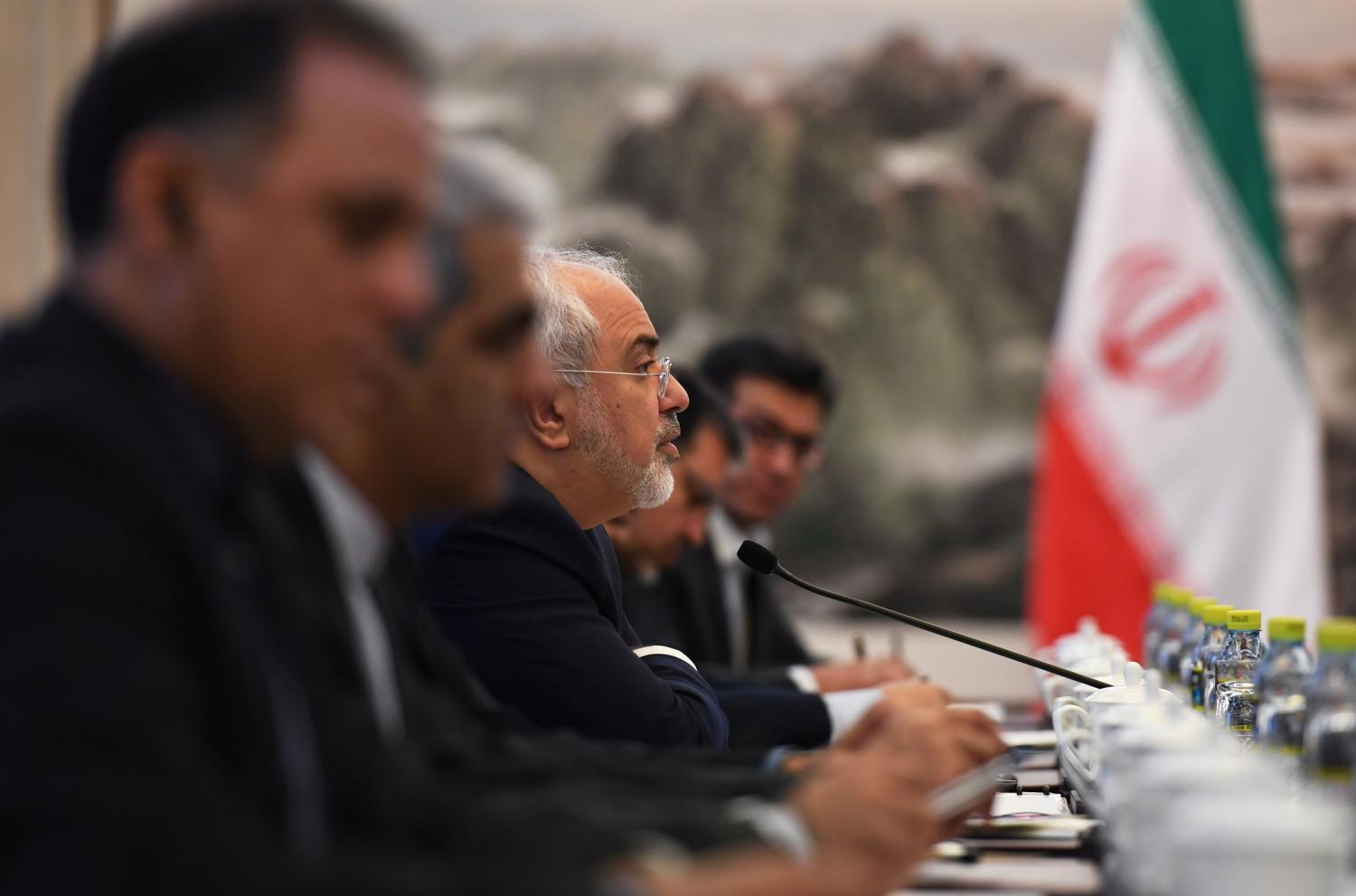
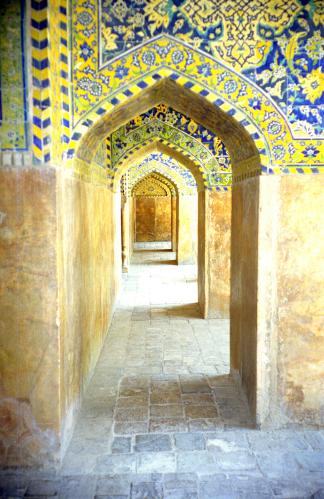
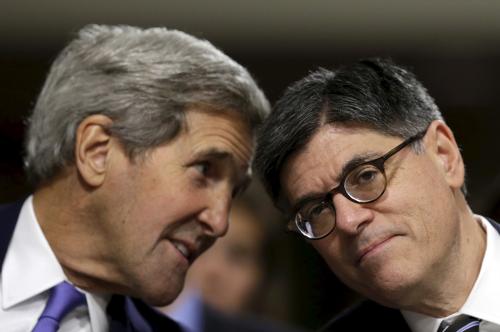
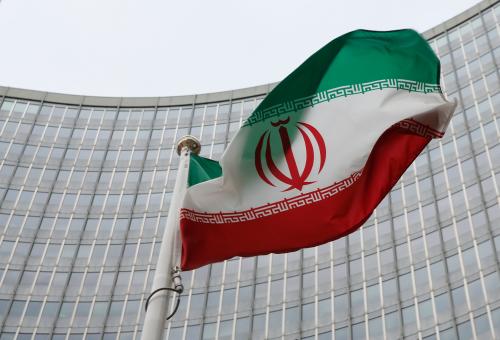
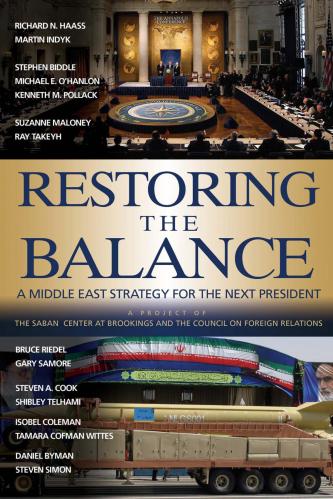


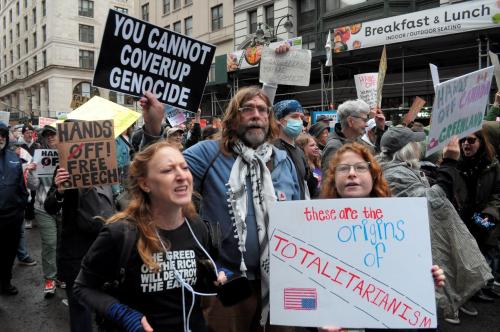
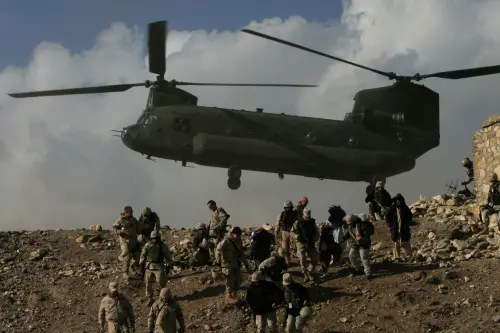
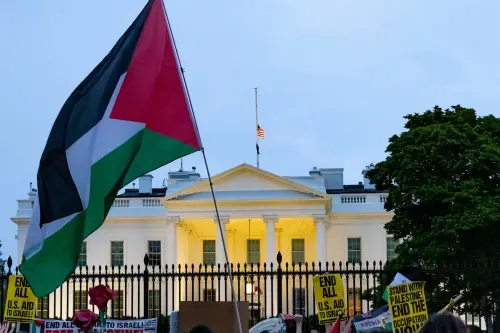
Commentary
Done deal: As the Iran nuclear agreement is implemented, sanctions and prisoners are released
January 17, 2016